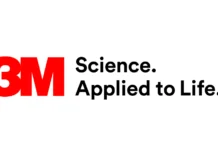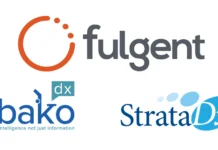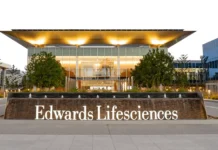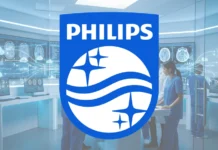Toshiba America Medical Systems, Inc., has introduced Precision Imaging technology available on the Aplio™ XG ultrasound system. Precision Imaging technology acquires ultrasound images of unprecedented clarity and resolution, enabling users to see more clinical detail than ever before.
Precision Imaging technology increases productivity and diagnostic confidence by providing more detailed ultrasound images. As a multi-resolution signal processing technology, it not only evaluates images line-by-line, but also includes information from adjacent lines to enhance the amount of information obtained. Traditional ultrasound systems acquire images line-by-line only and do not consider information from adjacent lines. As a Toshiba-exclusive software, Precision Imaging’s ability to capture information from multiple lines improves the definition of the structure, provides more detail and minimizes noise and clutter. This approach enables clinicians to determine if the signal is part of a structure or an anomaly from one line.
Dr. Edward G. Grant, M.D., professor and chairman of radiology, USC Medical School explained, Precision Imaging software shows greater definition of structures and reduces noise to produce high quality ultrasound images. who evaluated the new technology throughout the past two months. “Compared to other ultrasound imaging technologies, Precision Imaging shows better contrast and delineation of lesions, vessels and other objects. It enhances our capability to evaluate difficult to image areas and improves diagnoses.
Precision Imaging is beneficial for head-to-toe scanning. It improves the ability to show subtle tissue differences and image small structures better than conventional imaging. It clearly shows contrast boundaries between tissue and lesions, visualizes vessel walls, and enhances true color borders in difficult to image areas. It is useful for imaging breast lesions, superficial regions, small parts, the abdomen, spleen, liver and thyroid.

















